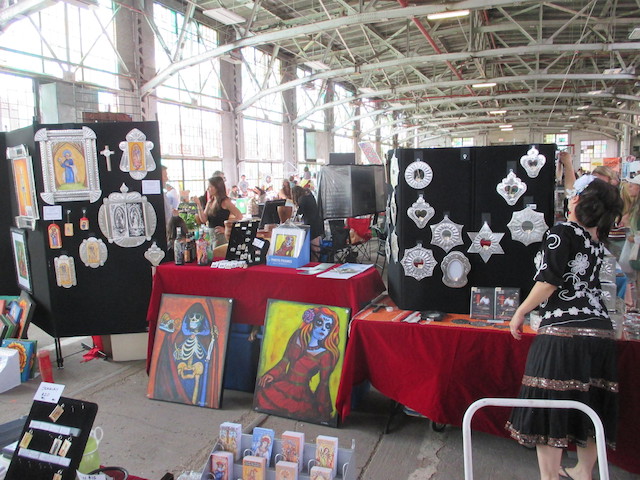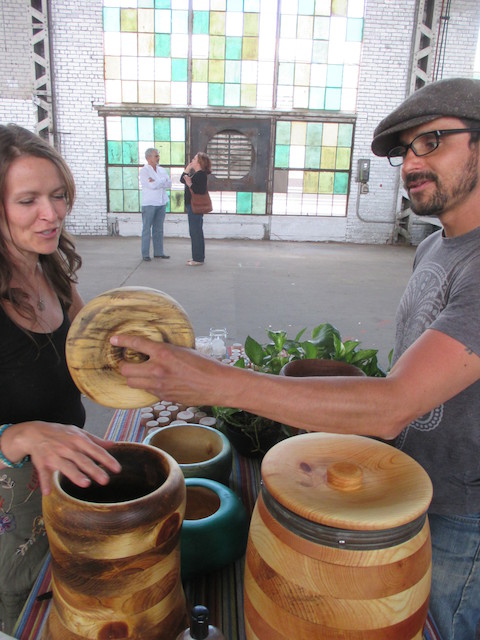Making Art On The Blacksmith’s Forge: The Rail Yards Market Shows Off A Bonanza Of Burque Art


Bianca Sanchez of Unidos youth slam team performs on the main stage.

Ana Romero-Sanchez talks woodcraft with husband Keith Sanchez.








